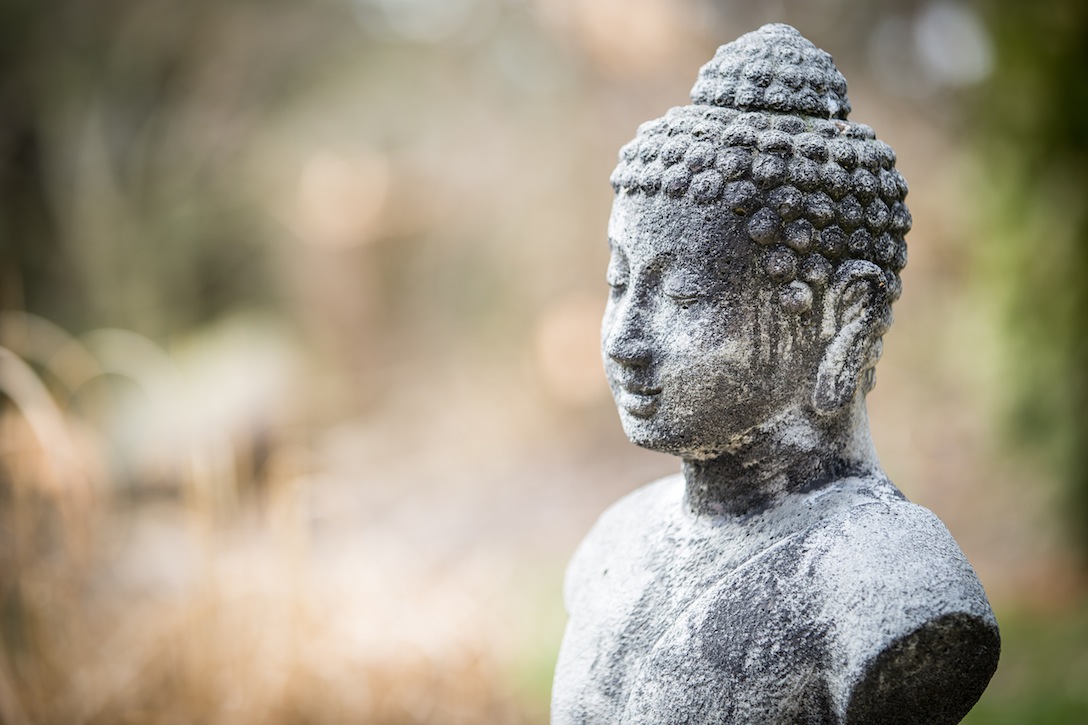The expression and topic of cultural appropriation came up not too long ago at a yoga studio where I teach. I had never heard of this expression before so I asked what it meant. Someone of Eastern dissent could be offended by a yoga studio which had a statue of Buddha or other deity. Outside of yoga other examples of cultural appropriation could include; adopting hip hop styles or indigenous articles of clothing. It should be noted that the practice of yoga itself is not seen as cultural appropriation because it’s a merging of different influences.
This gave me pause for thought: “Am I being offensive or disrespectful perhaps even looking ludicrous, when I proudly display my statue of Ganesha or a singing bowl gifted to me by a good friend?”
Wikipedia has this to say about cultural appropriation, “…often framed as cultural misappropriation, is a concept in sociology dealing with the adoption of the elements of a minority culture by members of the dominant culture. It is distinguished from equal cultural exchange due to the presence of a colonial element and imbalance of power. Cultural (mis)appropriation is often portrayed as harmful in contemporary cultures, and is claimed to be a violation of the collective intellectual property rights of the originating, minority cultures…can include using other cultures’ cultural and religious traditions, fashion symbols, language and songs. According to critics of the practice, cultural (mis)appropriation differs from acculturation, assimilation, or cultural elements are copied from a minority culture by members of a dominant culture, and these elements are used outside of their original cultural context – sometimes even against the expressly stated wishes of members of the originating culture. Often, the original meaning of these cultural elements is lost or distorted, and such displays are often viewed as disrespectful, or even as a form of desecration, by members of the originating culture. Cultural elements which may have deep meaning to the original culture may be reduced to “exotic” fashion or toys by those from the dominant culture.”
So I asked one of my favourite yoga teachers who was born and raised in India. She’s a tiny thing with a loyal following at the local yoga studio for her fresh and challenging classes. She looks at least 10 years younger perhaps from living the ayurvedic lifestyle and continuing to live primarily without furniture as she was raised. She sits and eats on the floor, she does own a bed and admits that sometimes when she’s tired reading on the floor, she will go to her bed.
She says she doesn’t care if us white Westerners have statues of deities (my words, not hers). She added that when she goes to her ashram she chants alongside all races and colours. They chant the same, it doesn’t matter. Further that if she started looking for how we are all different on the outside you have a problem. She chooses to see the light within everyone; inside everyone is good and “Michelle when you do the same, you will be a great teacher.”
So I think I will continue to love the objects on my altar and the wisdom yoga has to offer, but hopefully I will remain aware to not offend or glorify my owning of said objects.